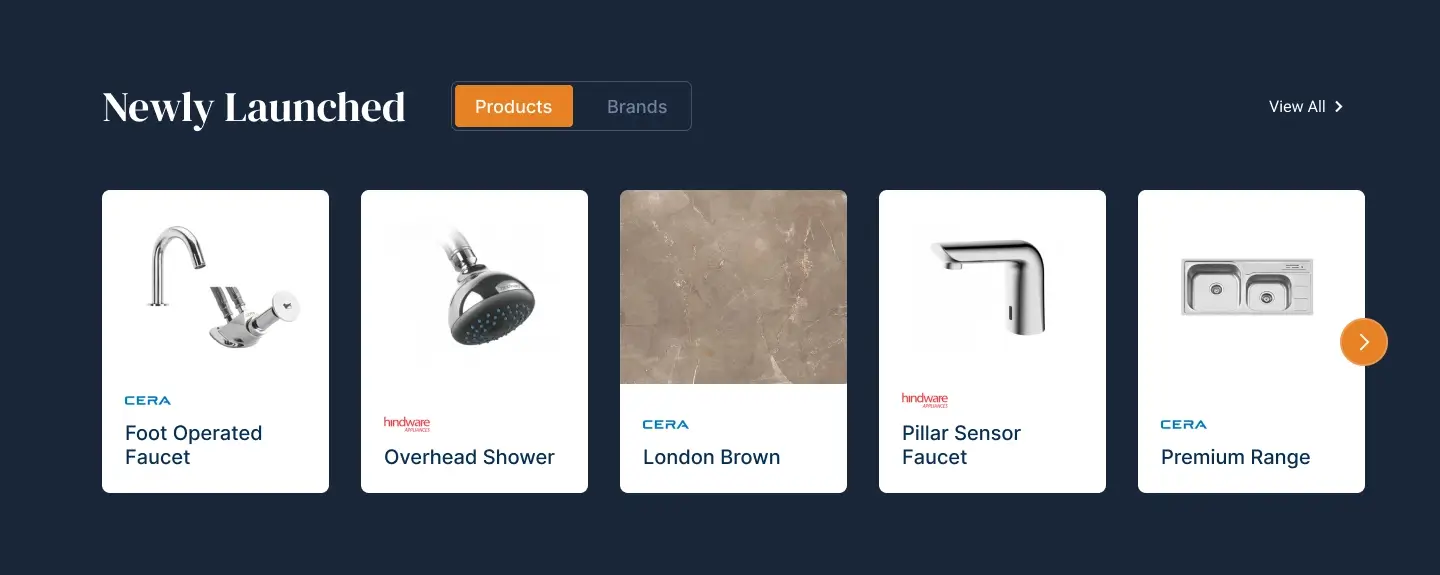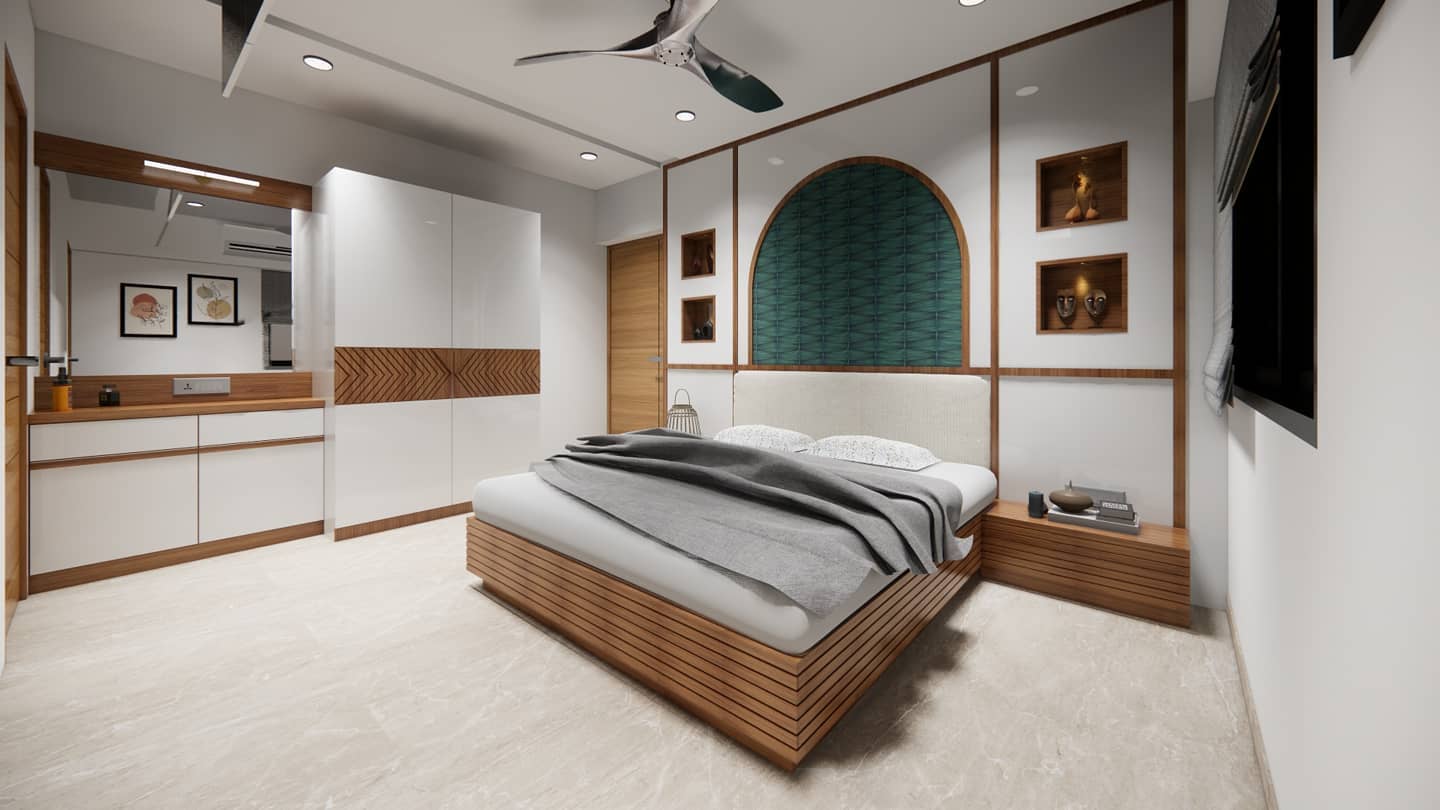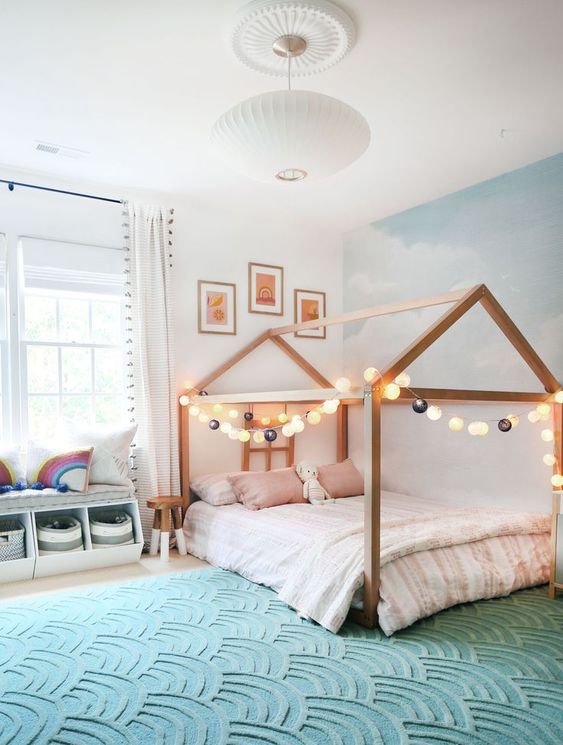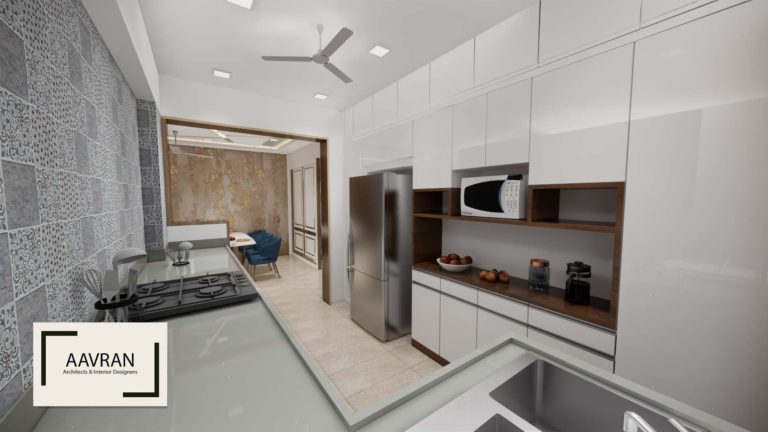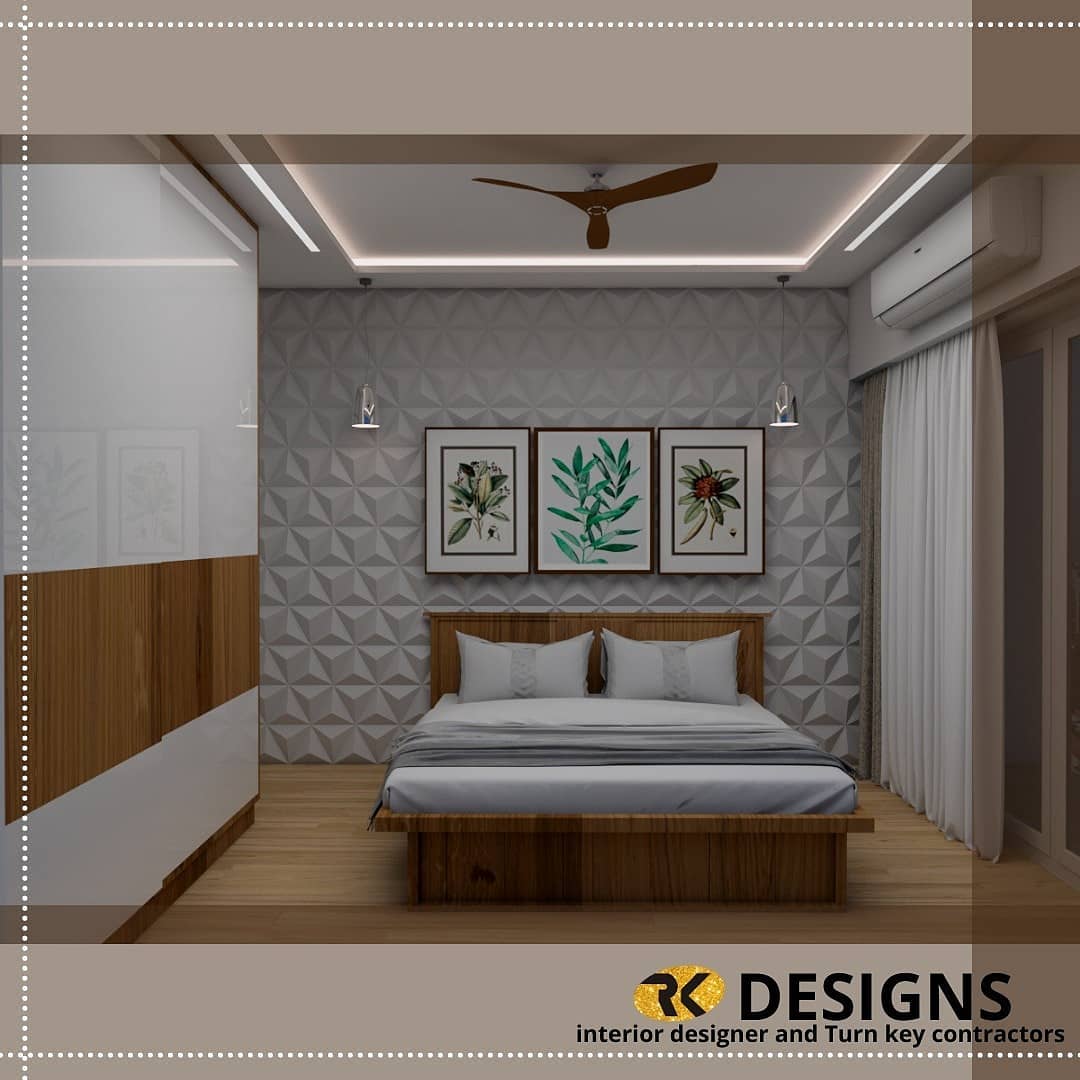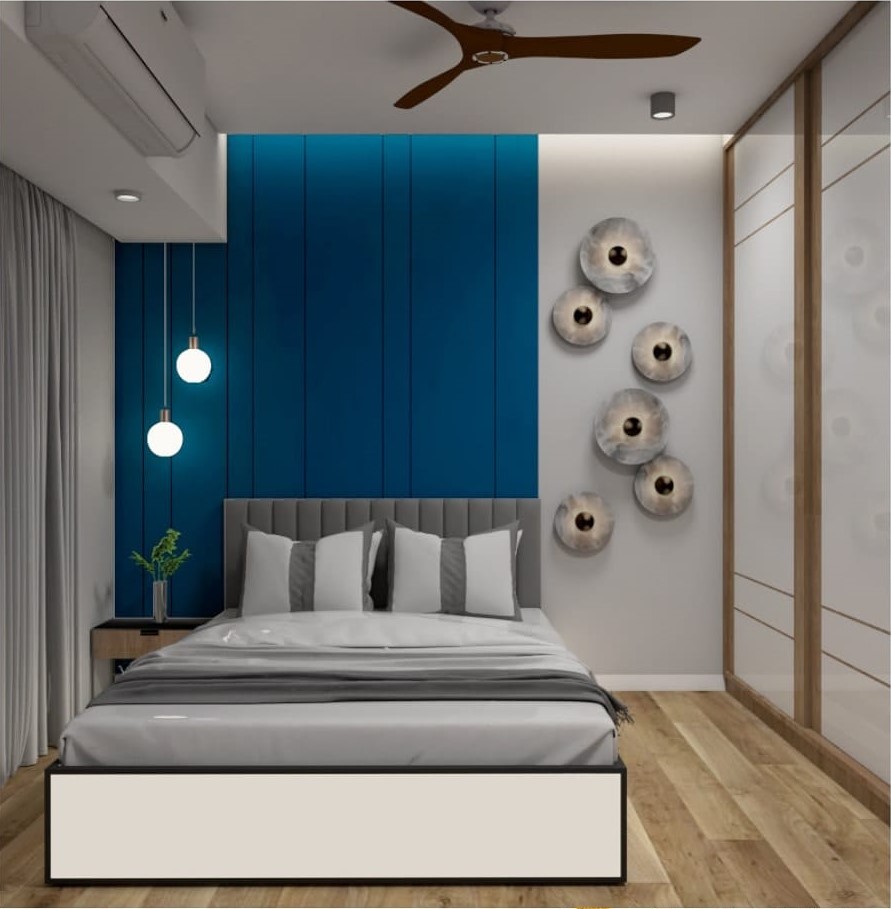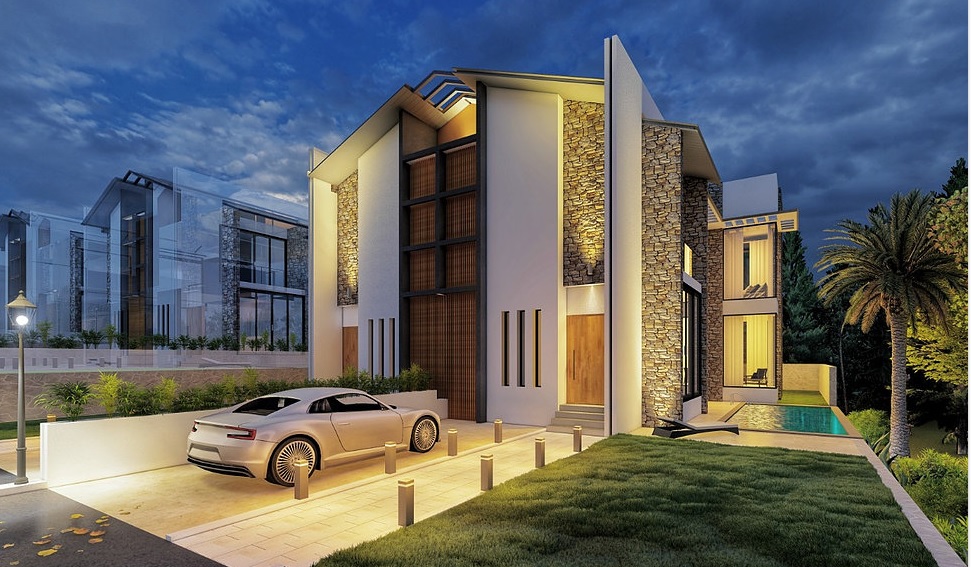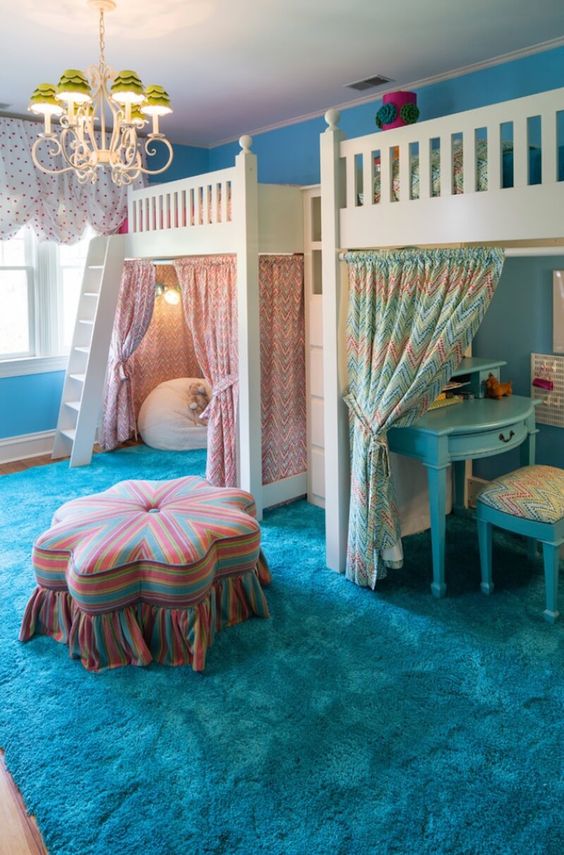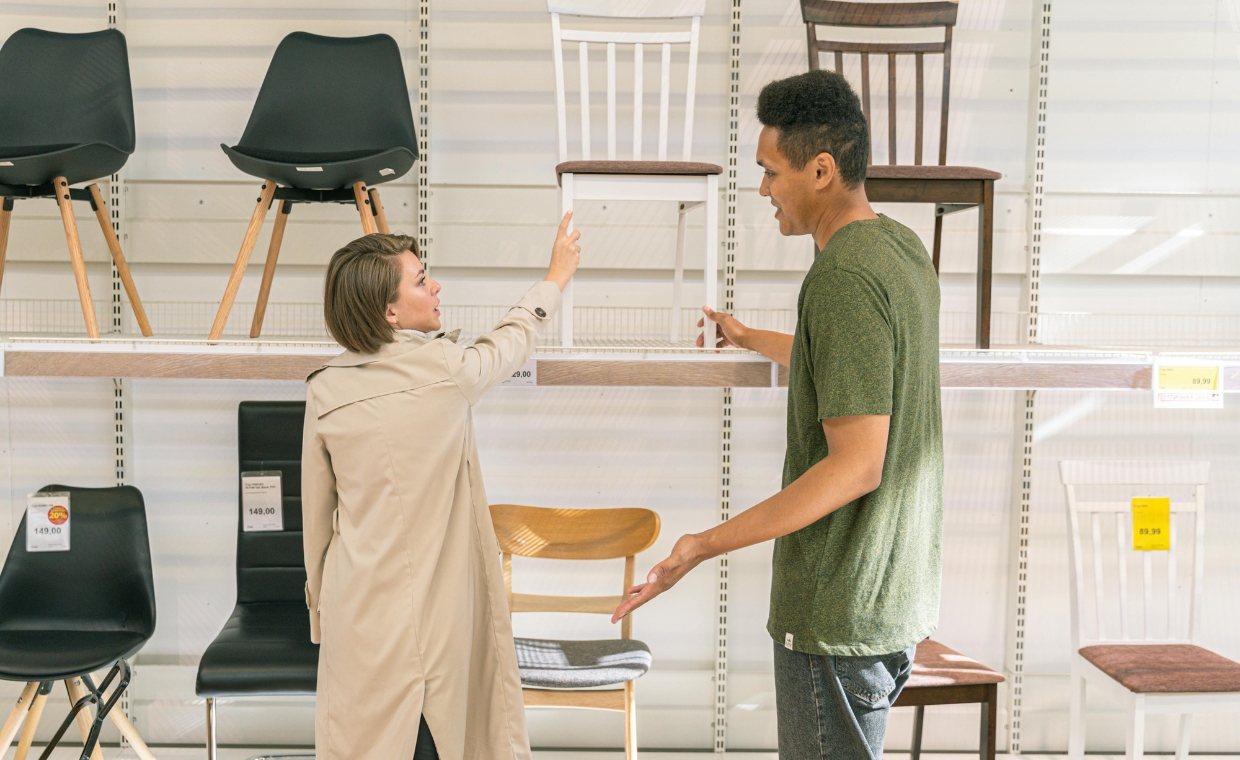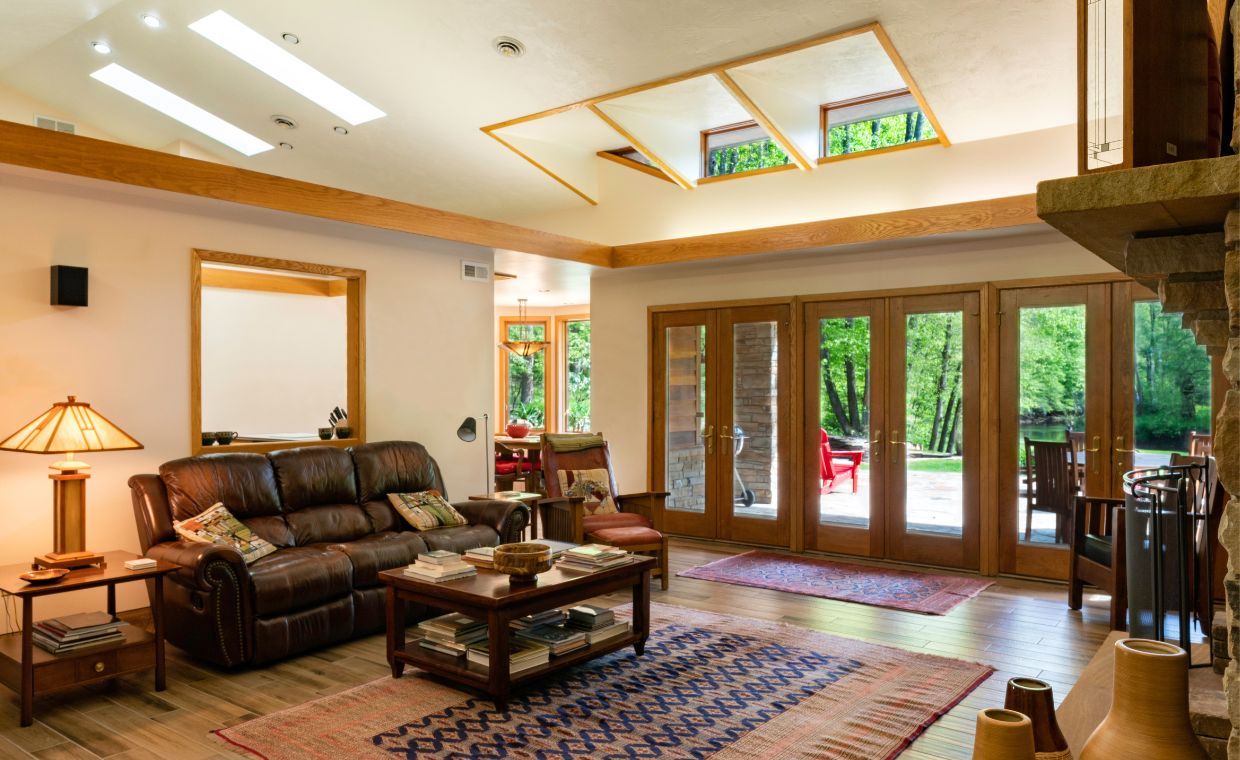
Table of Contents
AI is already changing how we design and build homes. Generative AI tools help architects, interior designers, and 3D visualizers speed up and improve the house modeling process. An AI image generator helps with home design at every stage, from the first idea to the final visuals. Here’s how they’re revolutionizing the way we design and visualize homes.
Accelerating Concept Development for Homes
Architects often spend days sketching early design ideas. An AI image generator can create multiple visual concepts in seconds from a simple prompt like “modern 3-bedroom villa with large glass facade.
This is especially useful for:
- Architects and homeowners are exploring design styles (e.g., contemporary, colonial, or vernacular).
- Small firms or solo practitioners who may not have in-house concept artists.
- Custom home projects, where clients need visual options before committing to a style.
Rather than starting from scratch, AI-generated imagery offers instant visual references that can be fine-tuned and later modeled in 3D software.
Creating Textures and Materials for Home Models
High-quality materials and textures are essential to bring realism to 3D house models. AI tools now allow you to generate:
- Wall finishes like stone cladding, exposed brick, or lime plaster.
- Flooring patterns such as wood parquet, Kota stone, or ceramic tile.
- Roofing textures like terracotta tiles or metal sheeting.
These AI-generated textures can be used directly or modified and exported to tools like Blender, SketchUp, or Lumion, along with normal, bump, or roughness maps for added detail. You can also use it for regional materials like Jaisalmer stone or Kerala-style woodwork.
Generating Backgrounds for Exterior Renders
To present a home design convincingly, context matters. AI image generators can create background environments, such as:
- Lush gardens, driveways, and urban neighborhoods.
- Skylines or natural landscapes.
- Seasonal variations (monsoon, summer, winter scenes).
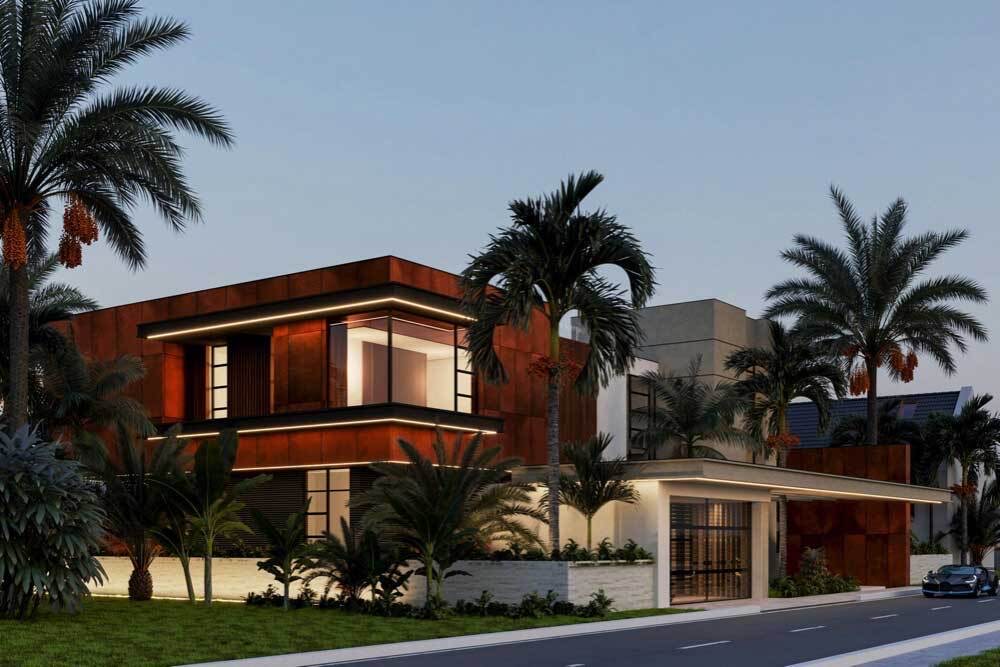
This is helpful when rendering 3D exteriors or elevation views for client presentations, brochures, or municipal approvals.
Rather than modeling every tree or neighboring house, professionals can now drop in AI-generated panoramic backgrounds for realistic, site-specific context.
Visualizing Interior Design Concepts
For interior designers and architects, communicating room layouts, decor, and materials to clients is critical. AI tools can assist in:
- Pre-visualizing living rooms, bedrooms, and kitchens based on user-defined styles.
- Exploring color schemes, lighting, and furniture layouts.
- Generating mood boards for each space.
For example, a designer can prompt the AI with “minimalist Indian living room with clay walls and jute decor” and receive multiple concepts for review, long before a 3D model is built.
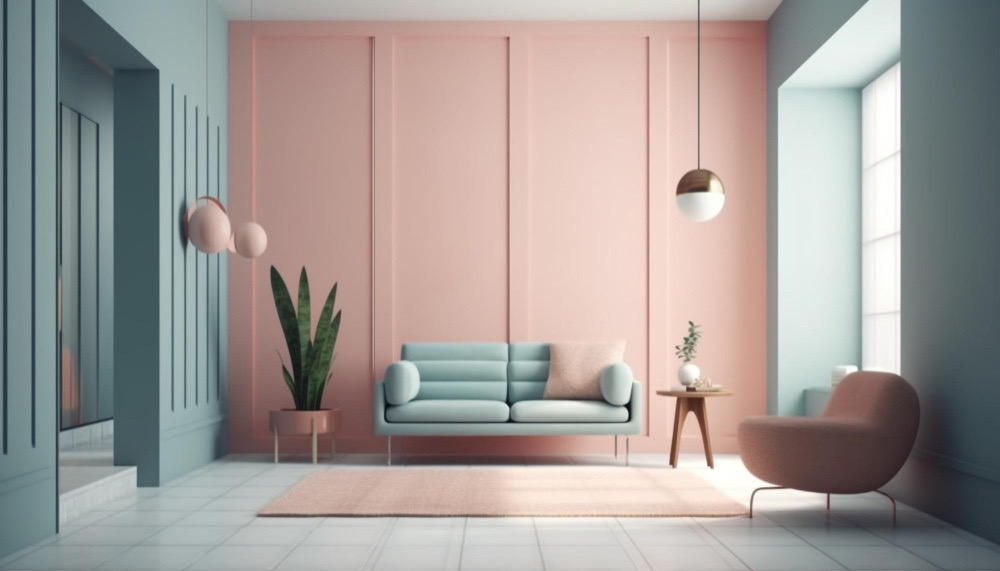
This allows for faster design alignment with client preferences, reducing time spent on revisions later.
Supporting Landscaping and Site Planning
AI-generated visuals aren’t limited to the house alone. They also aid in landscape visualization, including:
- Front yards, patios, and garden layouts.
- Water features, walkways, fencing, and lighting concepts.
- Integration of the home into the surrounding topography.
This is especially useful in bungalow or villa projects, where site planning significantly influences the design.
Validating Design Ideas Before 3D Modeling
Before investing hours into CAD software or BIM platforms, designers can use AI to test design directions. This stage called previsualization saves time and effort by helping:
- Clients choose between different facade styles or layouts.
- Teams align on room configuration and lighting schemes.
- Builders foresee material combinations and spatial flow.
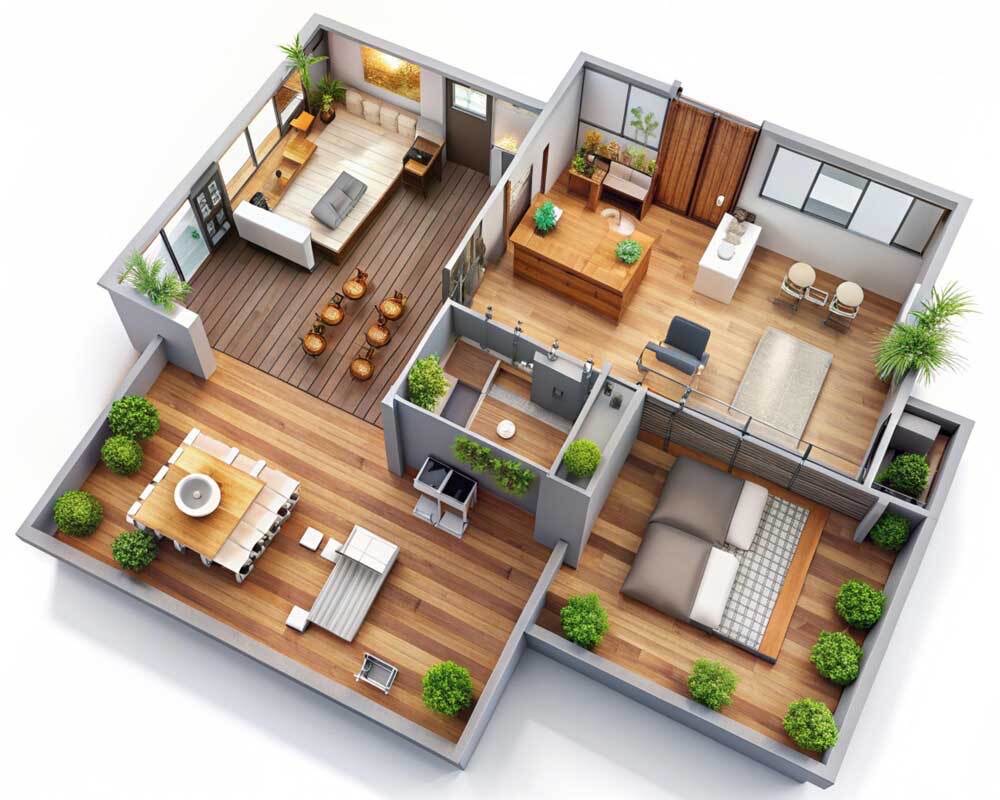
For example, an architect can present three AI-generated concepts of a duplex facade and finalize the best one for detailed modeling, reducing costly redesigns.
Final Thoughts: A Complement, not a Replacement
AI image generators are not here to replace architects or 3D artists. Instead, they serve as collaborative tools, helping professionals:
- Work faster and iterate more freely.
- Communicate design intent clearly to clients.
- Experiment with creative ideas backed by visual references.
AI image generators aren’t just for art, they’re practical tools for anyone involved in home design. Architects can generate facade options before modeling. Interior designers can test material combinations and furniture layouts. 3D visualizers can create ready-to-use textures and backgrounds without relying on stock assets. Even homeowners can use AI to better communicate what they want.
Also Read: Benefits of 3D Architectural Rendering Services for Real Estate!





